Paocai 泡菜 literal means “soaked vegetables”, a staple of Sichuan cuisine. Paocai are made through lactic acid fermentation, a fancy way of saying put vegetables in a sealed jar with salt and water until lactic-acid producing bacteria turn them sour. This simple yet ingenious technique dates back thousands of years in China and remains central to many regional cuisines.
Get my guide to making your own Sichuan paocai and brine recipe on my blog (FREE):
Paocai runs in my Sichuanese family
On my mother’s side, giving a jar of paocai as part of a dowry is a cherished tradition. I don’t believe this custom is widespread across Sichuan but is specific to the villages my family hails from. While I don’t endorse antiquated gender roles, this tradition reveals just how vital paocai is in the culture.
Sichuan has faced devastating famines throughout history—from the turmoil following the Ming (1630s) and Qing (1680s) dynasties to the Great Chinese Famine (1959–61), which claimed millions of lives. Survival from starvation was a very real problem until recent history for the people of Sichuan.
The Sichuan basin is fertile, yet freezing winters have always posed challenges. Pickling became the solution, preserving vital nutrition during lean months. If your paocai jars became contaminated, you’d lose your access to vegetables until spring.
Pickles could be the difference between life and death.
Coming back to the dowry situation, gifting a jar of paocai brine with a dowry becomes a deeply practical gesture. A new home without paocai is no home because you’re gonna starve to death by the new year.
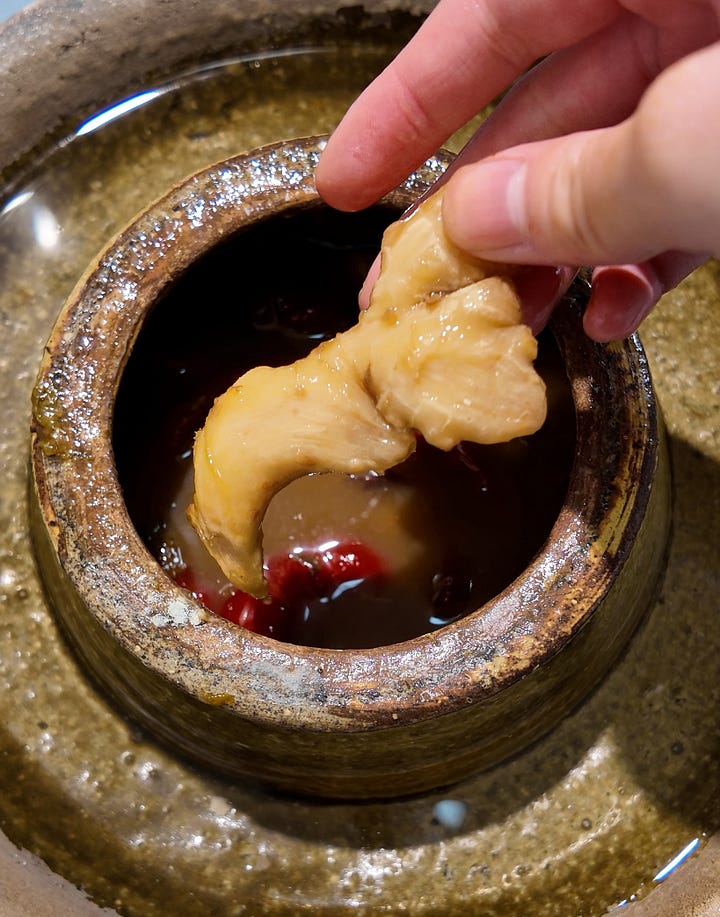
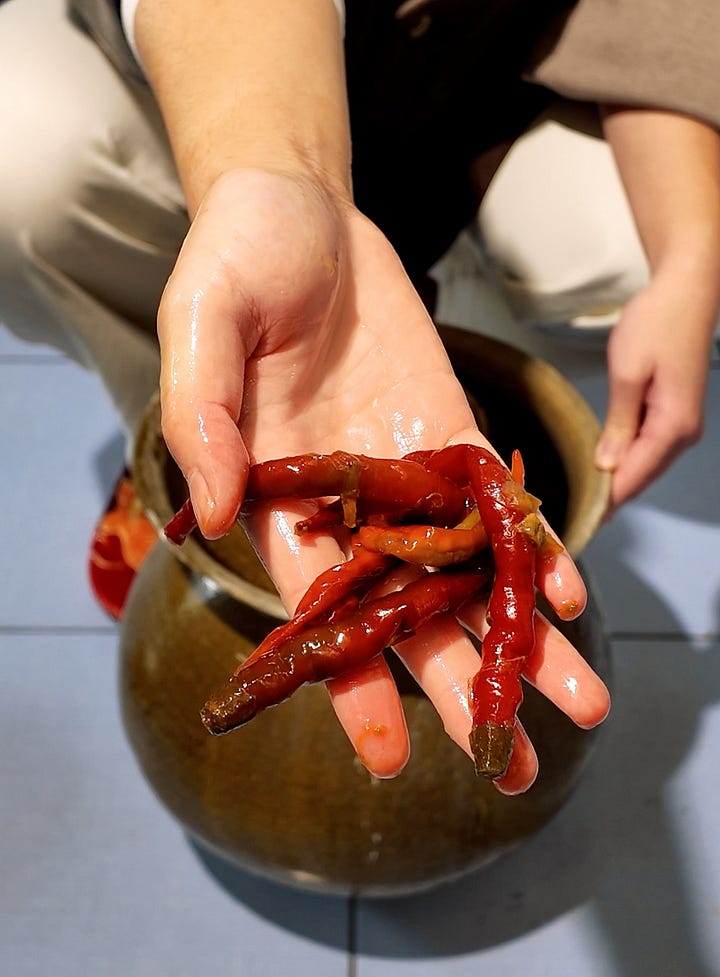
Paocai brine is a lot like sourdough starter: a living ecosystem. Instead of feeding it flour and water, you feed it with prebiotics in vegetables. Once alive, the same brine can be reused any number of times. The mother brine from my family is now 5 generations and about 120 years old. There’s a Sichuanese superstition that some people have paocai hands, meaning the bacteria that live on the surface of their skin make particularly flavorful pickles. I like to think we all have a “hand” in keeping traditions alive.
What I learned from Paocai City, China
At the end of November, I headed to Meishan, a city in Sichuan famous for the home of known both for Su Dongpo (the inspiration behind Dongpo pork) and for its paocai production.
This China Paocai Museum details the history of pickles in China and pickling traditions from across the globe. It’s worth noting that my recipe is for Sichuan paocai, as “Chinese pickles” could refer to thousands of different products.
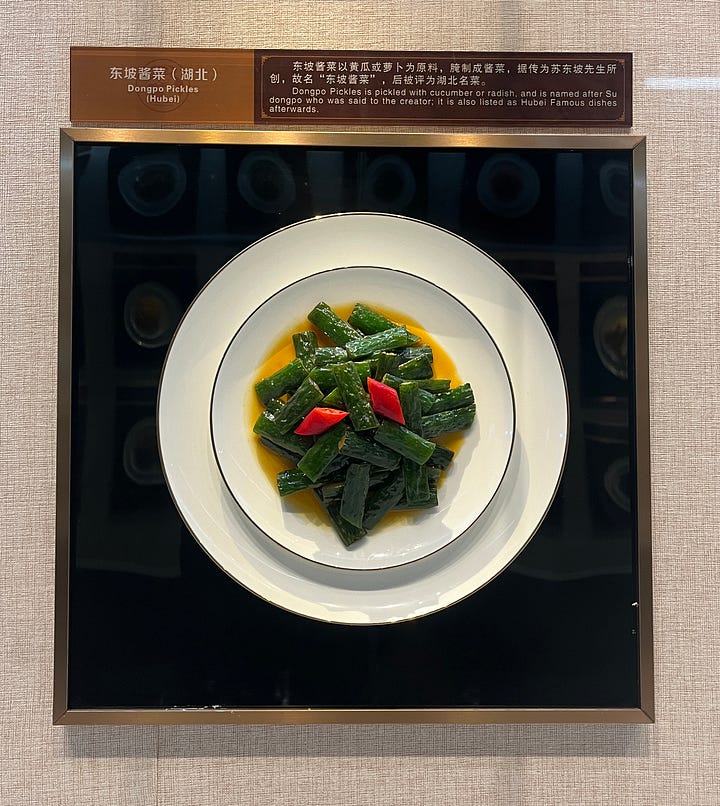
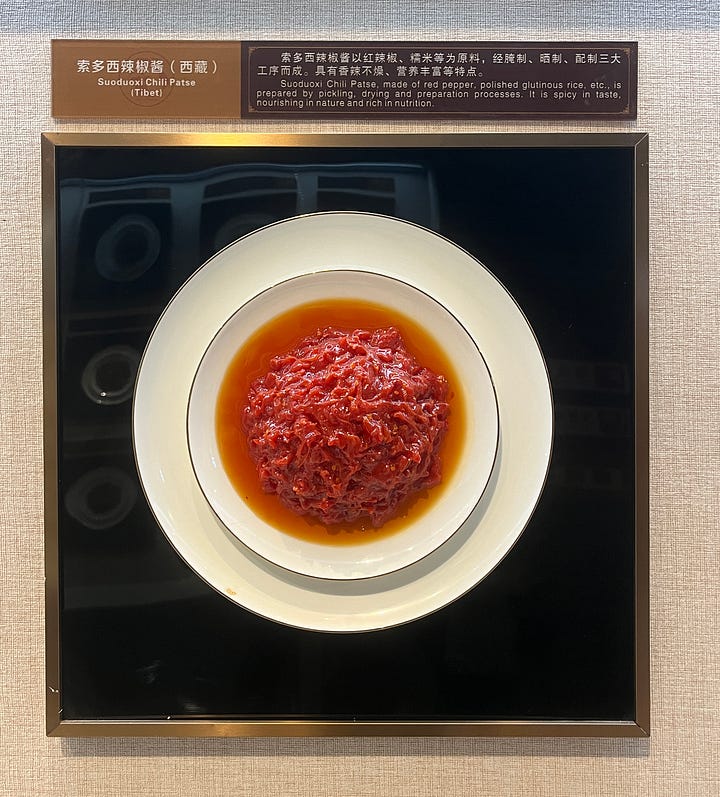
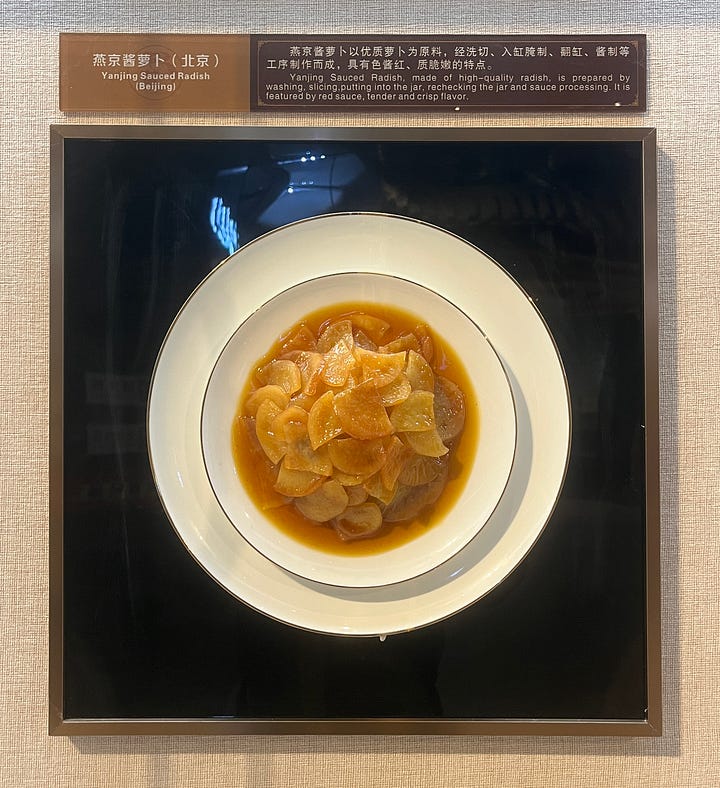
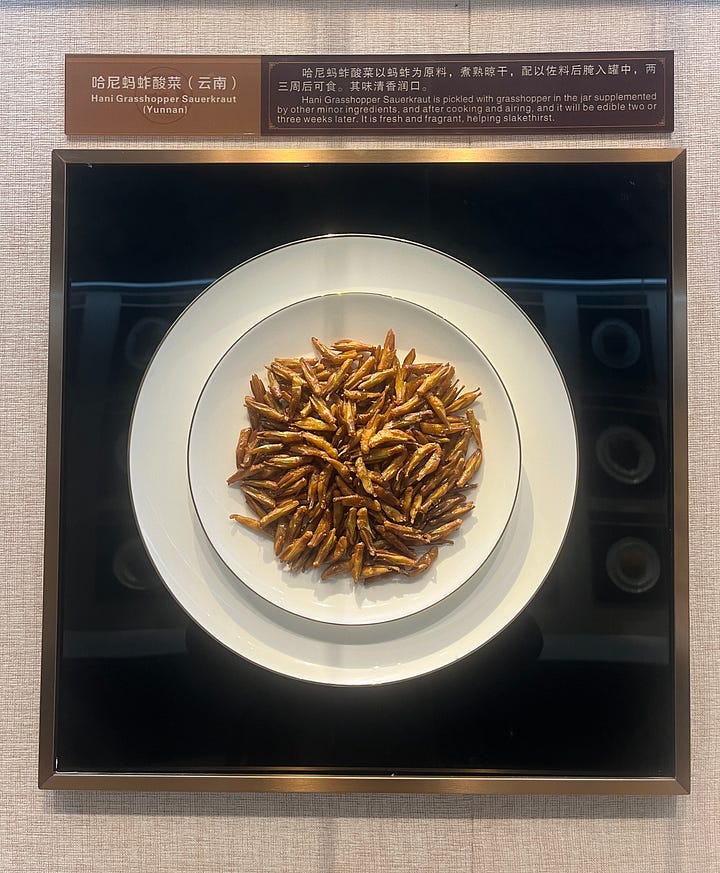
The iconic paocai jar
Sichuan paocai has become synonymous the shape of its jar: narrow necks, water moats, arched lids, and a bulbous bodies. Before Noma had home cooks vacuum sealing lacto-ferments at home, all Sichuanese people used water sealed pickle crocks. These date back to the Han dynasty (206 BCE – 220 CE) and became widespread during the Tang dynasty (618–907 CE).
The most important feature is the water seal, which creates the anaerobic environment necessary for lactic acid fermentation. This water around the neck forms a one-way airlock, preventing air from entering while allowing fermentation gases to “burp” out.
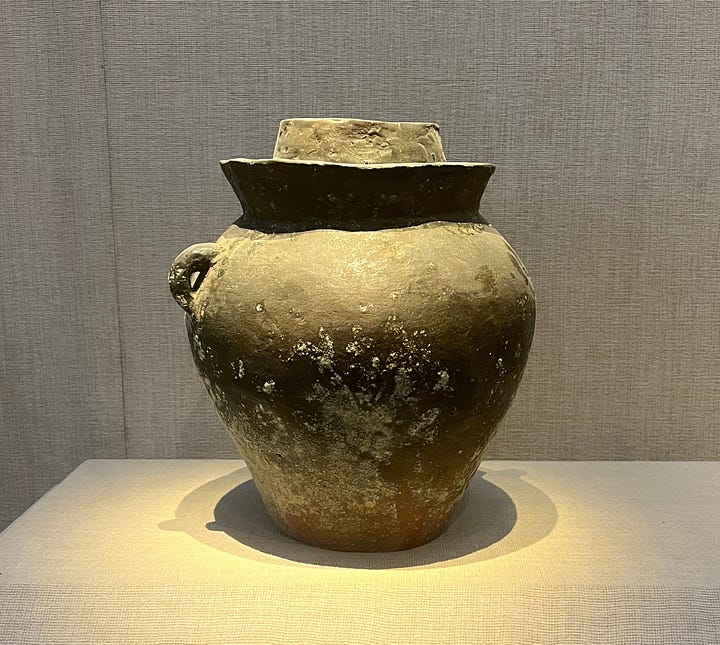
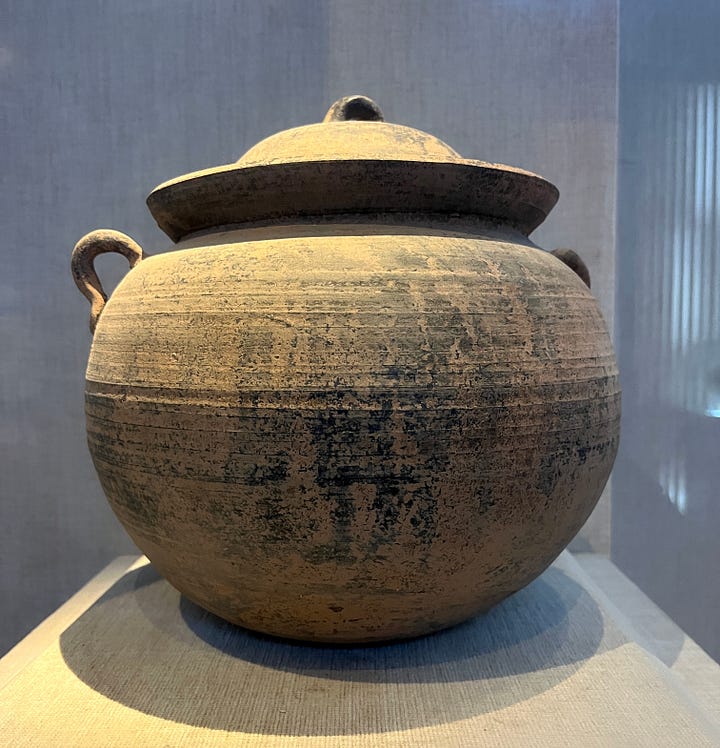
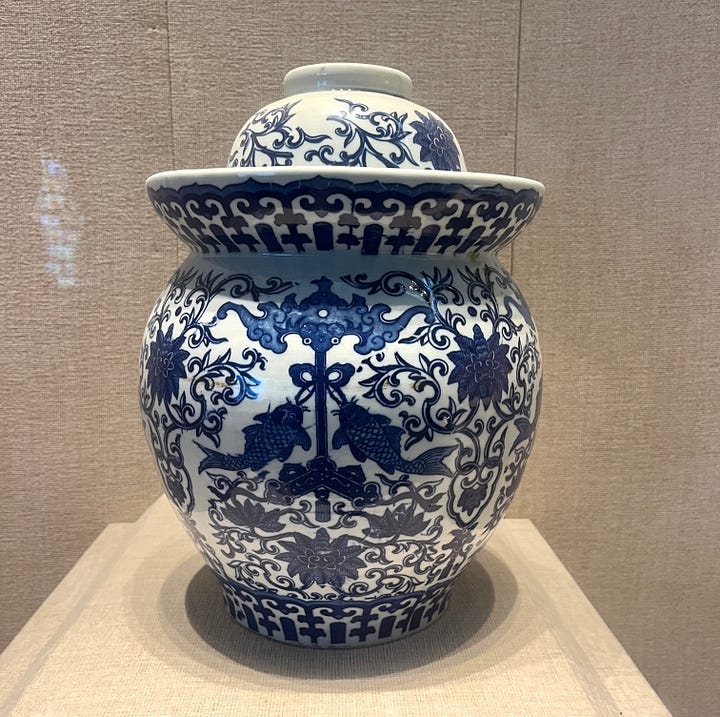
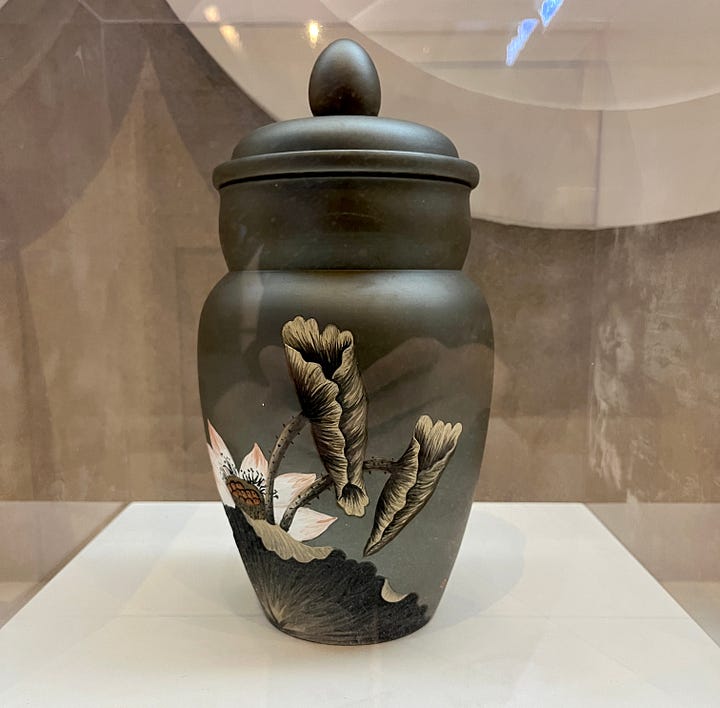
While I own both ceramic and glass paocai jars, I recommend this 2.5L glass jar from Amazon (linked here). Its deeper water groove ensures a better seal with less maintenance. Glass jars are great for short-term projects lasting weeks or months since you can monitor conditions without exposing the jar to extra oxygen. I also store the pickle jar in a dark area or throw a towel over to block light.
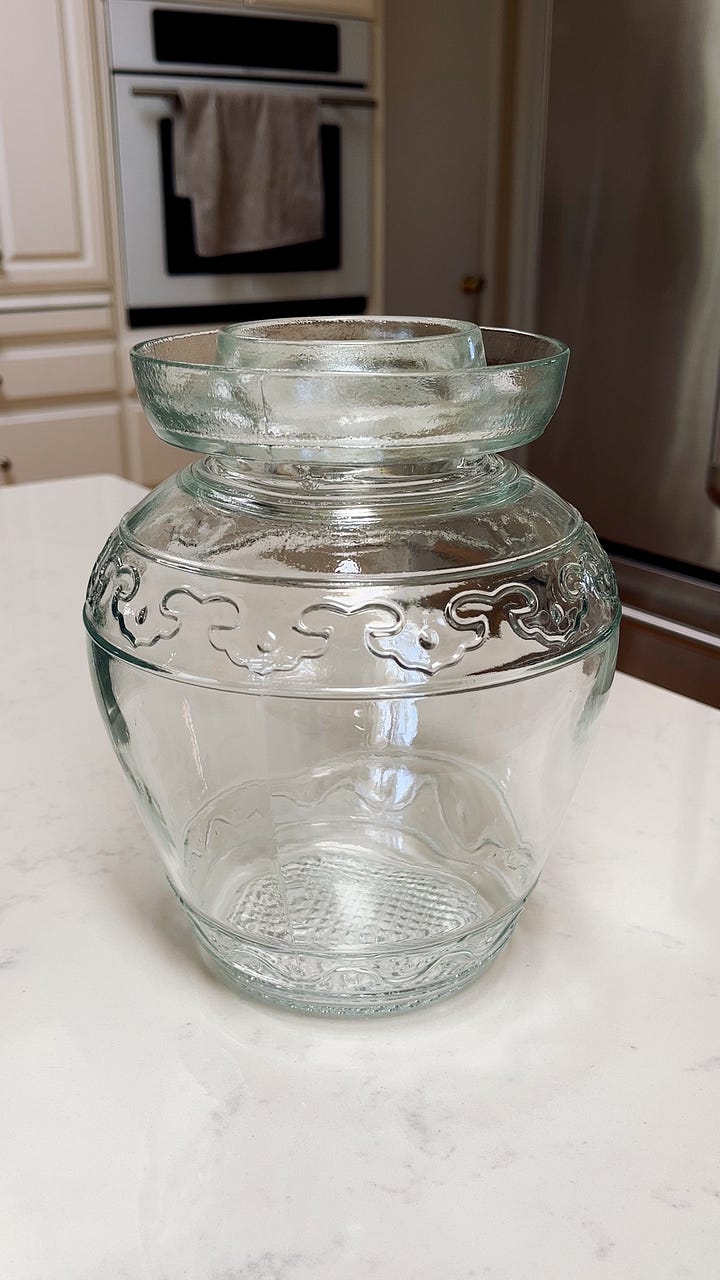
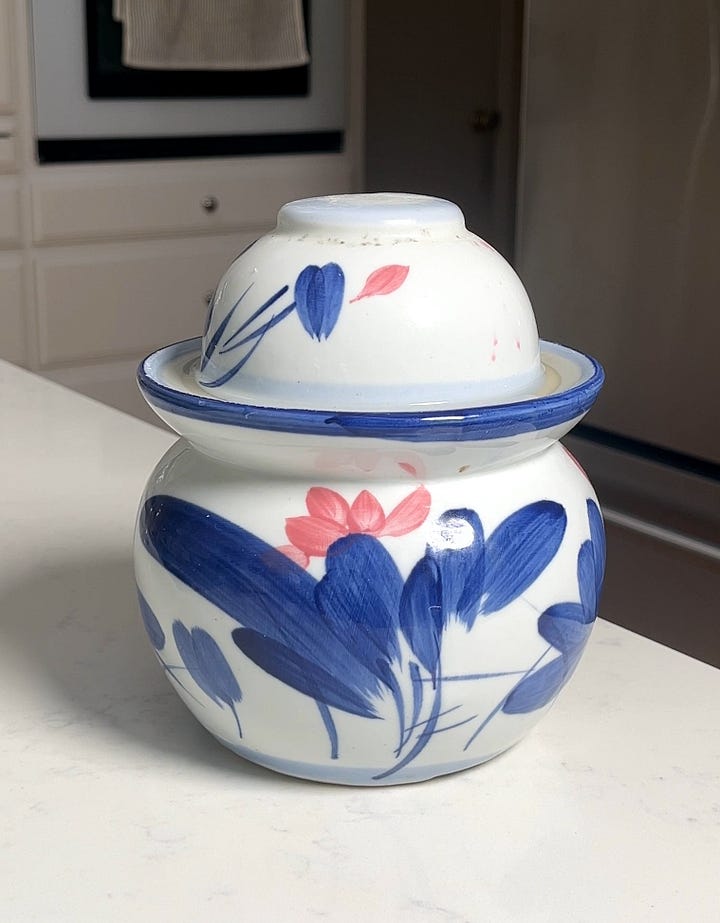
What’s Next?
In the next post, I’ll share how I landed on my paocai brine recipe and explore different styles of Sichuan paocai. Can’t wait? Click the button below to read my paocai making guide on my blog:
If you enjoyed this or learned something new, please subscribe (it’s free!) and share with a friend. Thank you for supporting my work and helping keep traditions alive!


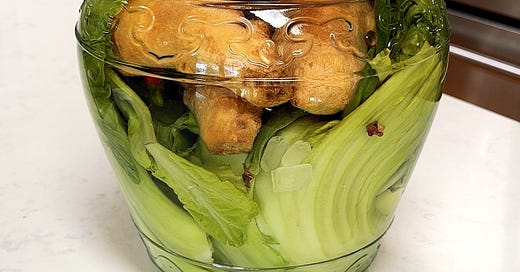



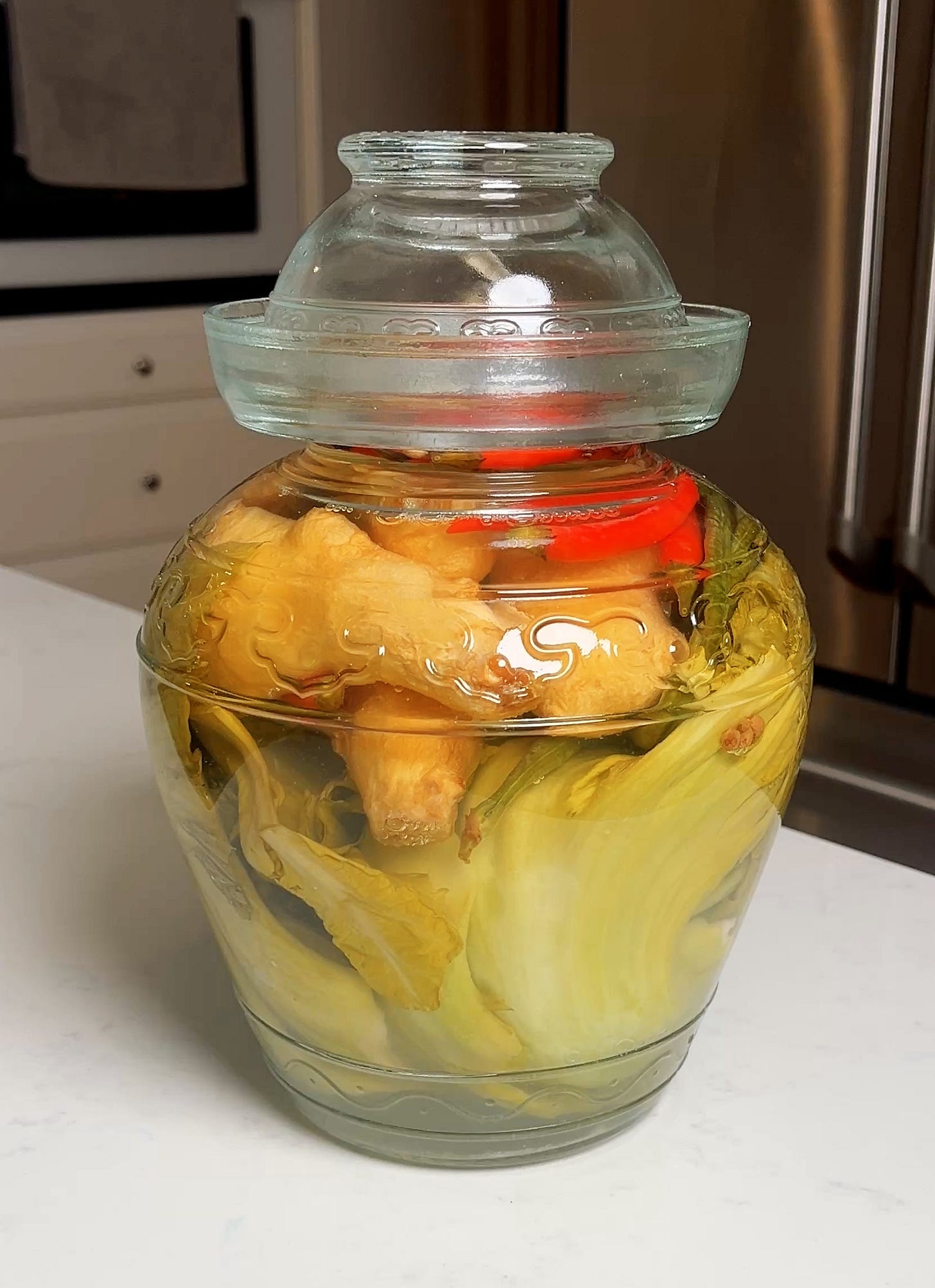
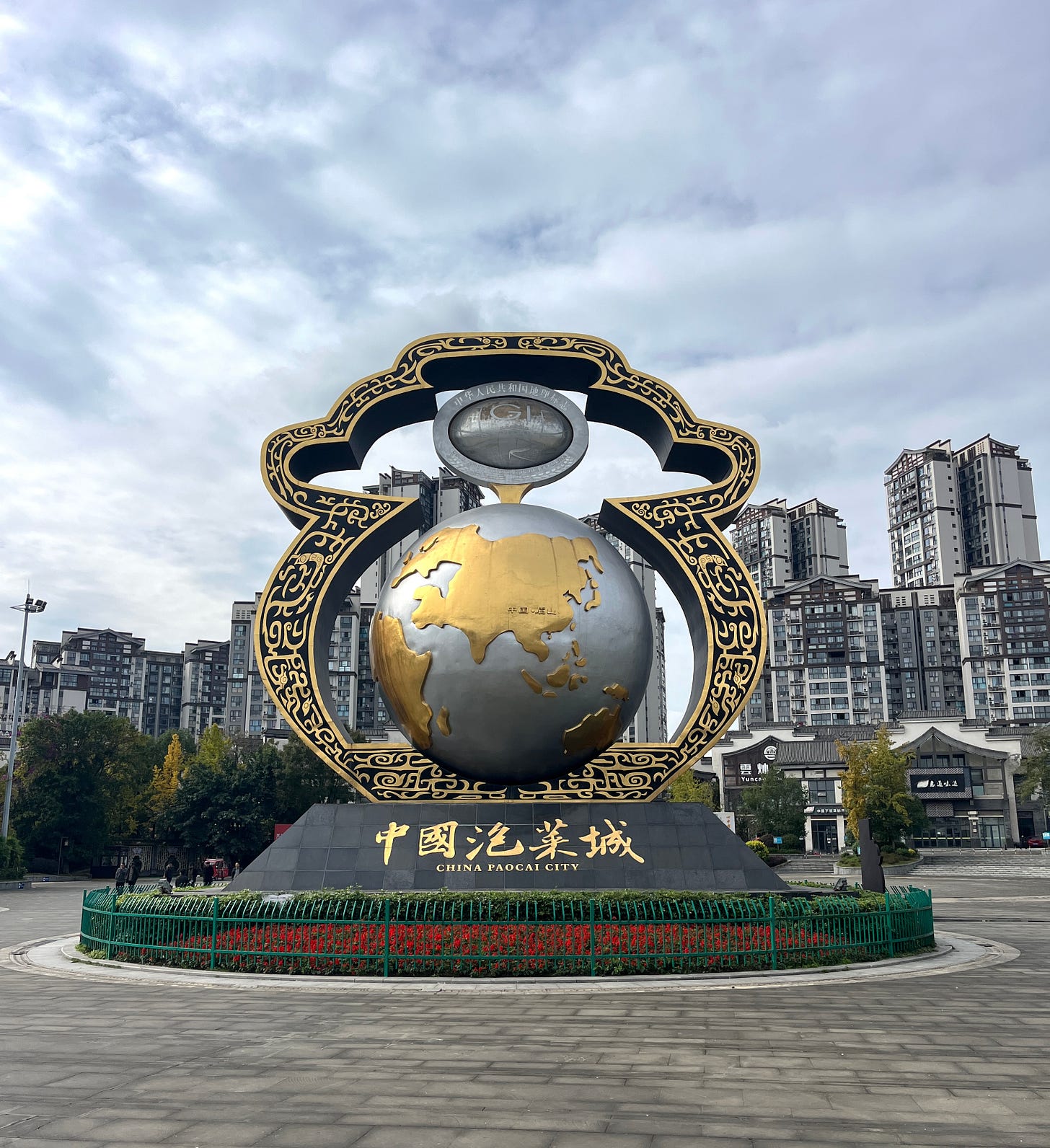
praise pickles!
This was such a wonderful read! I feel like every time I read an article from your blog or see a video from your Instagram - and now your newsletters on here too! - I learn something more about food and Chinese culture. Its been a great help in getting reconnected with my heritage. Thank you for your wonderful writing and ideas :33